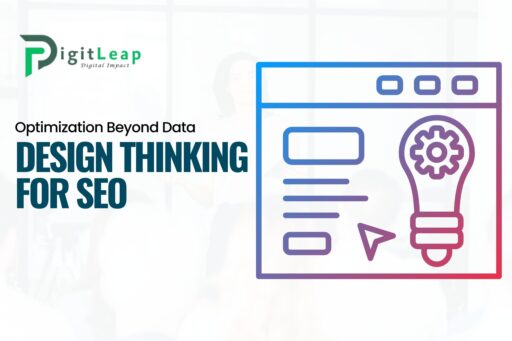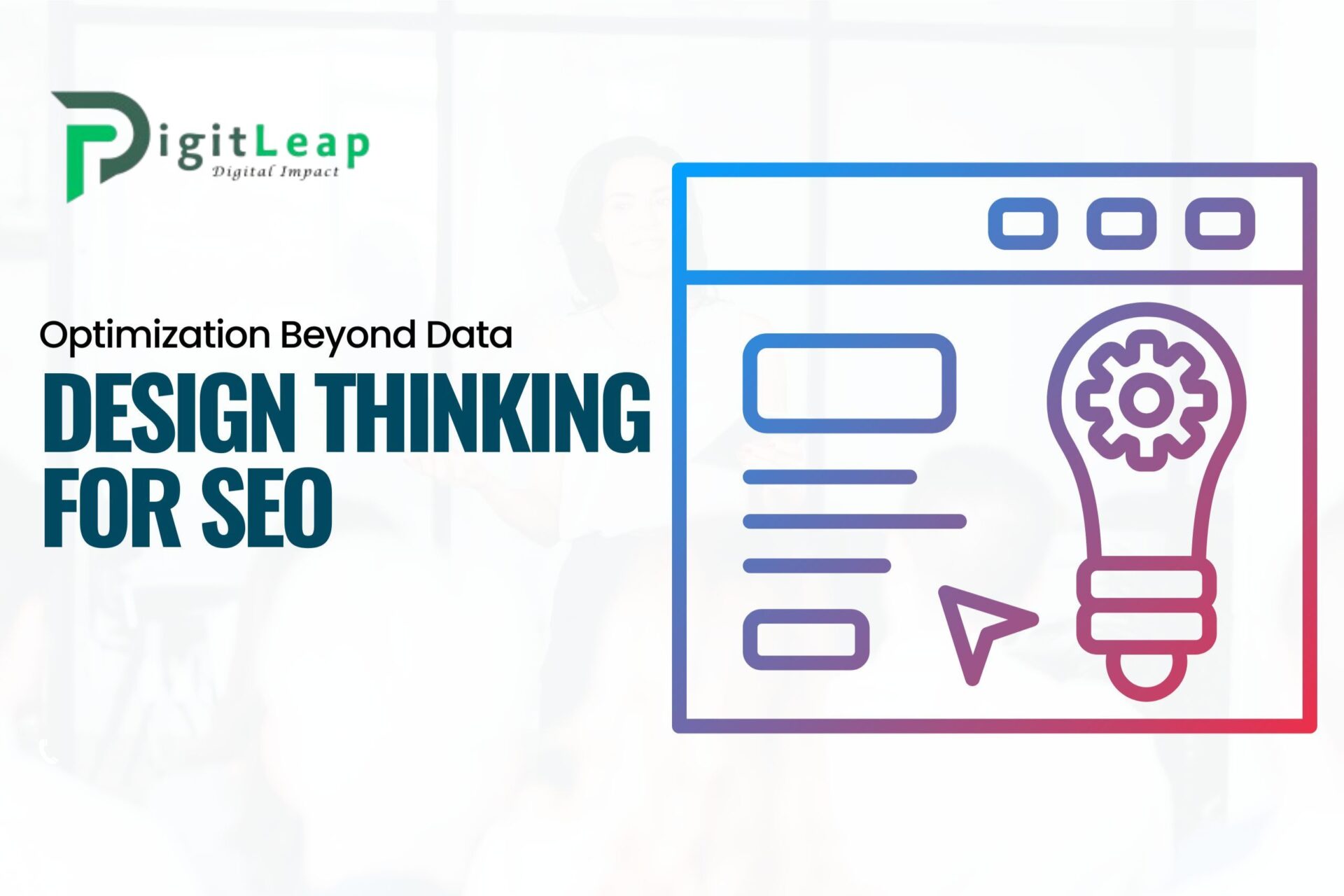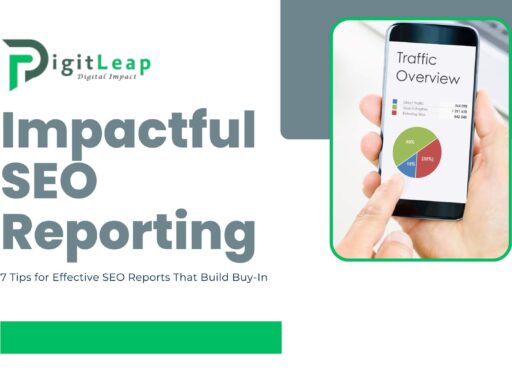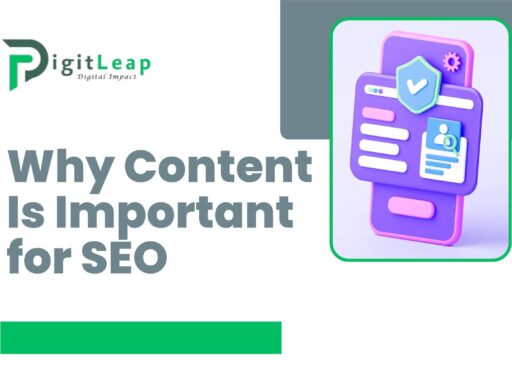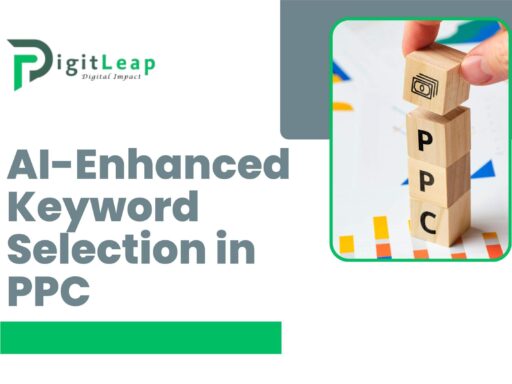Optimization Beyond Data: Design Thinking for SEO
In today’s digital landscape, SEO is essential for businesses to thrive online. However, many traditional SEO strategies focus heavily on data, analytics, and algorithmic insights, often overlooking the human element in search optimization. Integrating design thinking into SEO is a fresh approach that emphasizes human-centered design, creativity, and innovative problem-solving. This article explores how going beyond data in SEO by using design thinking can not only improve rankings but also enhance user experience, engagement, and satisfaction.
What Is Design Thinking in SEO?
Design thinking is a problem-solving approach that emphasizes empathy, ideation, and experimentation. Originally a tool used in product design, it’s now recognized for its potential in various fields, including SEO. By incorporating design thinking, SEO strategies become more focused on user intent and experience rather than just search engine algorithms. Design thinking for SEO means placing the user at the heart of every optimization effort and considering their needs, preferences, and behaviors.
Key Principles of Design Thinking in SEO
Design thinking involves five fundamental stages: Empathize, Define, Ideate, Prototype, and Test. Applying these to SEO can transform how digital marketers approach optimization:
- Empathize: Understand the target audience’s needs, motivations, and challenges.
- Define: Clearly outline the SEO problem or objective based on user needs.
- Ideate: Brainstorm creative solutions and ideas that align with user intent.
- Prototype: Implement these ideas on a smaller scale to test effectiveness.
- Test: Analyze and adjust based on user feedback and behavior.
Step 1: Empathize – Knowing Your Audience Deeply
The first step in integrating design thinking into SEO is to understand the audience deeply. This involves gathering insights into their demographics, preferences, and behavior patterns. Tools like Google Analytics, surveys, and user feedback can help. For example, if your audience is primarily mobile users, SEO strategies should focus on mobile-first design, fast loading speeds, and simplified navigation.
Step 2: Define – Setting SEO Objectives Based on User Needs
Defining SEO goals in a user-centric way means moving beyond traditional metrics like keyword rankings and focusing on user engagement. Instead of aiming to rank for generic keywords, the objective might be to solve a specific pain point for users through content that directly addresses their needs. This might mean prioritizing informative, long-tail keywords or creating content formats (like videos or infographics) that resonate with the audience.
Step 3: Ideate – Creative Solutions for User-Centric Optimization
Ideation in SEO involves brainstorming innovative content strategies, keyword use, and on-page optimization techniques that prioritize user experience. Creative solutions can include using visuals, simplifying website navigation, or creating interactive content that engages users.
Step 4: Prototype – Implementing Small-Scale Changes
Prototyping is about testing these new SEO ideas on a smaller scale. For instance, create a few blog posts using a new content format and measure user engagement. If the response is positive, these practices can be scaled across more areas of your website.
Step 5: Test – Analyzing User Feedback for Continuous Improvement
Testing and iteration are essential in a design-thinking approach to SEO. This stage involves analyzing data such as bounce rates, time on page, and click-through rates (CTR) to understand what resonates with users. Iterative testing allows for continuous improvement, ensuring SEO strategies remain aligned with user expectations.
The Benefits of Combining Design Thinking with SEO
When SEO goes beyond data and incorporates design thinking, several benefits emerge:
- Enhanced User Experience: SEO strategies that consider user needs make websites easier to navigate and content more engaging.
- Increased Engagement: Content and design choices tailored to user preferences drive higher engagement and lower bounce rates.
- Greater Flexibility: Design thinking encourages adaptability, enabling SEO strategies to evolve with changing user behaviors and trends.
- Improved Conversion Rates: Understanding user intent and creating relevant content can lead to better conversion rates, turning visitors into customers.
Creating User-Centric Content Through Design Thinking
Design thinking in SEO promotes the development of content that is useful, relevant, and engaging for users. By creating personas or character profiles of typical users, content creators can tailor messages that directly address user pain points and interests. The focus shifts from pleasing search engines to delivering real value to visitors, which ultimately benefits SEO.
Optimizing Website Design for Better SEO
Website design plays a crucial role in SEO. A well-designed website that offers a seamless user experience is likely to rank higher than a poorly designed one. Factors like mobile optimization, fast loading times, and intuitive navigation are essential in a design-thinking approach to SEO. By prioritizing user experience, businesses can improve dwell time and reduce bounce rates, positively impacting their SEO performance.
The Role of Visual Content in User-Centric SEO
Visual content such as images, infographics, and videos enhances user engagement and is a vital part of design-thinking SEO. High-quality visuals help break up text, provide valuable information, and keep users on the page longer. Moreover, optimizing images for SEO with proper alt text and file sizes ensures that they contribute to search visibility.
Measuring Success in a Design-Thinking SEO Strategy
Traditional SEO metrics, like keyword rankings and backlinks, remain relevant but are supplemented by user-centric metrics in design-thinking SEO. Measurements like user satisfaction, time on page, scroll depth, and user feedback provide a clearer picture of how well content meets user needs.
Challenges in Implementing Design Thinking for SEO
Despite its benefits, implementing design thinking in SEO can be challenging. It requires a mindset shift from a purely data-driven approach to one that emphasizes empathy and creativity. Additionally, it may involve experimenting with unconventional content formats or design elements, which could require time and resources.
How SEO Tools Can Support Design Thinking
SEO tools like Google Analytics, SEMrush, and Ahrefs can support a design-thinking approach by providing insights into user behavior, content performance, and competitor strategies. These tools help identify user preferences, track engagement, and assess the effectiveness of user-centric SEO efforts.
Case Study: How Design Thinking Transformed an SEO Strategy
Consider a business that initially relied on keyword stuffing and link-building for SEO but decided to implement design thinking. By focusing on understanding their audience and creating content that addressed real user needs, they saw a significant improvement in user engagement and search engine rankings. This approach demonstrated the power of prioritizing user experience in SEO.
FAQs
Q1. What is design thinking in SEO?
Design thinking in SEO is an approach that emphasizes understanding user needs and creating SEO strategies that prioritize user experience.
Q2. Why is user-centric design important in SEO?
User-centric design improves user engagement and satisfaction, which are increasingly important factors in search engine rankings.
Q3. How can design thinking improve SEO performance?
By focusing on empathy, creativity, and user needs, design thinking can help create content that resonates with users and ranks well in search results.
Q4. What are the challenges of implementing design thinking in SEO?
Challenges include a shift in mindset, the need for resources to experiment with new strategies, and adapting to user-centric metrics.
Q5. How does visual content impact SEO?
Visual content enhances user engagement, keeps users on the page longer, and can be optimized with alt text for better search visibility.
Q6. Can traditional SEO metrics still be used with design thinking?
Yes, traditional metrics like keyword rankings are still relevant but should be supplemented with user-centric metrics.
Conclusion
In a digital world where user experience is key, design thinking offers a fresh perspective on SEO by focusing on human-centered strategies that go beyond data. By integrating empathy, creativity, and experimentation, businesses can create SEO strategies that are not only effective but also enhance user satisfaction and engagement. As a company dedicated to innovative digital solutions, Digit Leap is here to help you transition to this modern, user-focused SEO approach that prioritizes both users and search engines.

